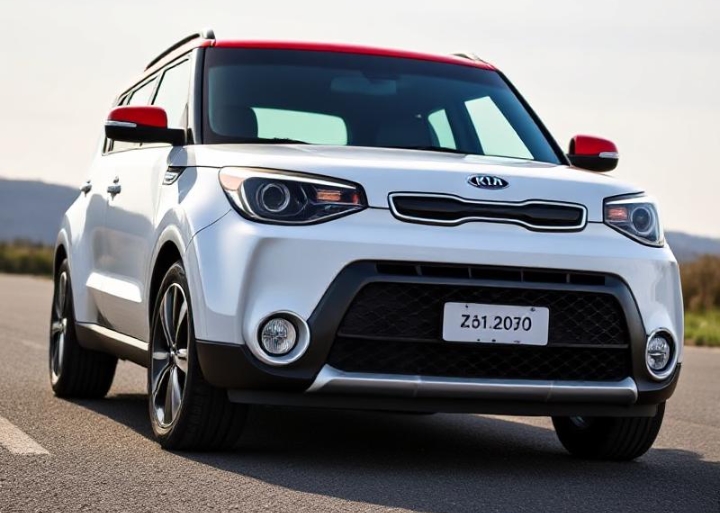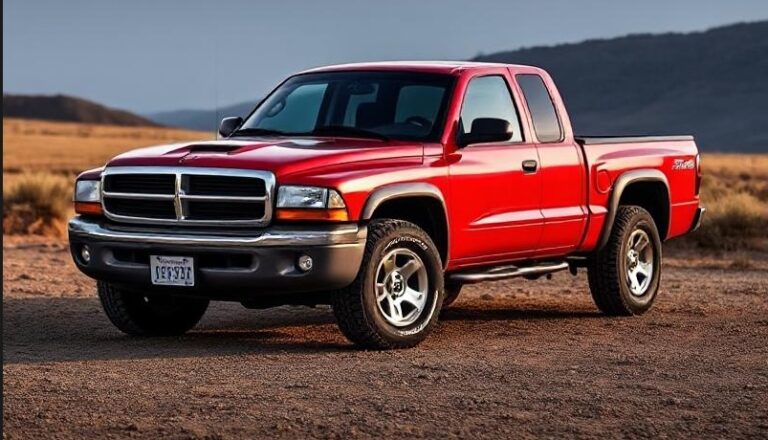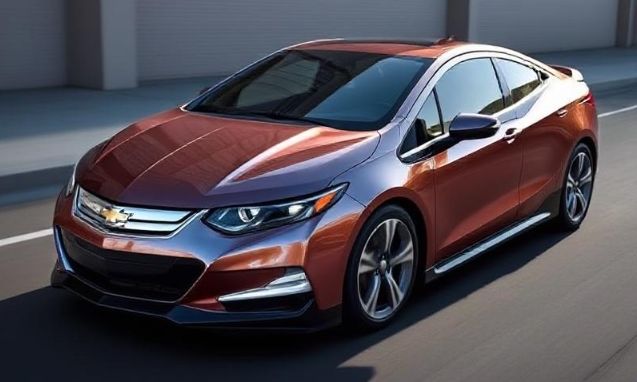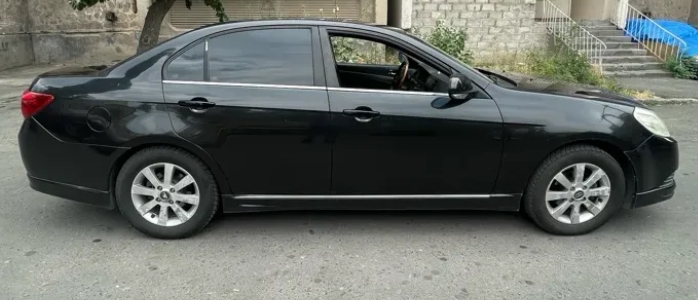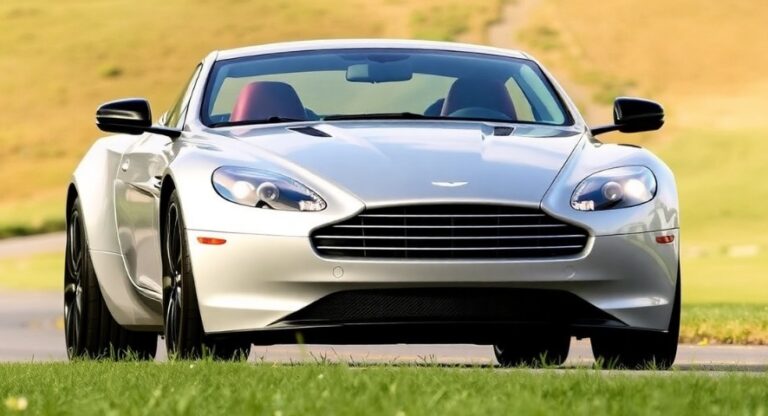The Evolution of Peugeot 301, 307, and 308
Introduction
Peugeot, a renowned French automobile manufacturer, has a storied history marked by innovation, style, and engineering excellence. Among its notable model lines, the Peugeot 301, 307, and 308 have played significant roles in the company’s global strategy, catering to diverse markets and consumer preferences over the years.
This article traces the evolution of these models from their inception to discontinuation, detailing production years, model variants, trim levels, and key technological and design changes.
Peugeot 301: Entry-Level Compact Sedan
Production Overview
- Produced: 2012 – 2022
- Segment: Subcompact/Entry-level sedan
- Market Focus: Emerging markets (e.g., Africa, Middle East, Latin America, Southeast Asia)
- Platform: Shared with the Citroën C-Elysée (EMP2 platform)
Introduction and Development
Launched in 2012, the Peugeot 301 was developed primarily for markets where affordability and spaciousness are priorities. It was designed to compete with other budget-friendly sedans and was built on the same platform as the Citroën C-Elysée, emphasizing cost efficiency and practicality.
Model Variants and Trim Levels
Throughout its decade-long production, the Peugeot 301 was offered in multiple trims, tailored to regional markets.
Initial Launch (2012):
- Trims: Access, Active, Allure
- Engines: 1.2L I4 petrol, 1.6L I4 petrol, 1.5L I4 diesel (varied by market)
- Features: Basic features in Access, added comfort and tech in Allure
Mid-Cycle Updates (2016):
- Minor facelift included updated grille, front bumper, and taillights.
- Introduction of new engine options, including more fuel-efficient variants.
- Enhanced interior features, such as improved infotainment systems.
Discontinuation (2022):
- Production ceased as Peugeot shifted focus towards SUVs and crossover models.
- The 301 remained popular in markets emphasizing affordability.
Notable Features
- Spacious interior for a subcompact sedan
- Fuel-efficient petrol and diesel engines
- Basic to mid-range trims with increasing features over time
Peugeot 307: The Compact Hatchback and Sedan
Production Overview
- Produced: 2001 – 2008
- Segment: Compact car (C-segment)
- Platform: PSA PF (Platform Fabrique)
Introduction and Development
The Peugeot 307 was unveiled at the 2001 Frankfurt Motor Show as the successor to the Peugeot 306. It aimed to modernize Peugeot’s lineup with a more contemporary design, improved safety, and better driving dynamics.
Model Variants and Trim Levels
Initial Launch (2001):
- Body Styles: 3-door hatchback, 5-door hatchback, station wagon (SW), sedan (sedan was more prominent in some markets)
- Trim Levels:
- XS: Basic trim with manual windows, minimal features
- XT: Mid-range, added features like power windows, better interior trim
- XR: Higher trim with sportier styling, alloy wheels
- GT: Sportier variant with more powerful engines and sport-tuned suspension
- Premium/Exclusive: Top-tier trims with leather seats, upgraded audio, and additional comfort features
Facelift (2005):
- Subtle exterior updates, including revised front grille and headlight design
- Interior improvements, including better materials and a more modern dashboard layout
- Introduction of new engines, including more efficient petrol and diesel options
Engine Options
- Petrol: 1.4L, 1.6L, 2.0L
- Diesel: 1.4L HDi, 1.6L HDi, 2.0L HDi
- Notable for its range of fuel-efficient diesel engines, appealing to European markets
Special Editions
- S-Line / Sport versions: Featured sportier styling, alloy wheels, and sport suspension
- Limited Editions: Various special editions with unique trims and features
Notable Features
- Emphasis on safety with multiple airbags and stability control in later models
- Improved handling and ride comfort compared to its predecessor
- Introduction of optional features like cruise control, climate control, and upgraded audio systems
Discontinuation
The Peugeot 307 was phased out in 2008, replaced by the Peugeot 308, with the 307’s legacy as a practical, reliable, and well-equipped compact car.
Peugeot 308: The Next Generation Compact
Production Overview
- First Generation: 2007 – 2013
- Second Generation: 2013 – 2021
- Third Generation: 2021 – Present
First Generation Peugeot 308 (2007–2013)
Development and Launch
Introduced at the 2007 Frankfurt Motor Show, the first-generation 308 was designed to be a stylish, practical, and technologically advanced successor to the 307. It was built on the PSA PF1 platform and marked a significant step forward in design and features.
Model Variants and Trim Levels
- Body Styles: 5-door hatchback, SW (station wagon), sedan (in some markets)
- Trim Levels:
- XR: Standard features with basic comfort
- XT: Mid-range, added features like alloys, upgraded interior
- XT Premium: Higher trim with leather seats, climate control
- GT: Sporty variant with more powerful engines and sport-tuned suspension
Engines
- Petrol: 1.4L, 1.6L, 1.6L Turbo, 1.6L THP (turbo), 2.0L
- Diesel: 1.6L HDi, 2.0L HDi, 2.0L HDi with BlueHDi variants introduced later
Notable Features
- Introduction of Peugeot’s i-Cockpit with a compact steering wheel and high-mounted instrument panel
- Advanced safety features including multiple airbags and stability control
- Improved aerodynamics and engine efficiency
Second Generation Peugeot 308 (2013–2021)
Development and Launch
The second-generation 308 debuted at the 2013 Geneva Motor Show, emphasizing style, efficiency, and technological innovation. It adopted a more aerodynamic and modern design, with a focus on comfort and connectivity.
Model Variants and Trim Levels
- Body Styles: 5-door hatchback, SW, and later a sedan (2014+)
- Trim Levels:
- Access: Base model
- Allure: Mid-range, added features and comfort
- GT Line: Sportier styling with unique exterior accents
- GT: Performance-oriented with turbocharged engines and sporty suspension
- Active: Entry-level trims with essential features
Engine Options
- Petrol: 1.2L PureTech turbo, 1.6L THP, 1.6L PureTech
- Diesel: 1.5L BlueHDi, 2.0L BlueHDi
- Focus on downsized turbo engines for efficiency
Notable Features
- Peugeot i-Cockpit with a compact steering wheel, a high-mounted digital instrument cluster, and a large touchscreen
- Advanced driver assistance systems, including adaptive cruise control, lane keep assist, and parking assist
- Improved interior quality and material refinement
- Introduction of plug-in hybrid versions (e-308)
Third Generation Peugeot 308 (2021–Present as of 2023)
Development and Launch
Unveiled in 2021, the third-generation 308 adopts a more radical design, with a focus on electrification and connectivity. It is built on the EMP2 V3 platform, supporting hybrid and electric powertrains.
Model Variants and Trim Levels
- Body Styles: 5-door hatchback, SW (station wagon), and later a sedan
- Trim Levels:
- Active: Entry-level
- Allure: Mid-range
- GT: Performance-focused
- GT Pack: Optional sporty enhancements
Powertrain Options
- Petrol: 1.2L PureTech turbo
- Diesel: 1.5L BlueHDi
- Plug-in Hybrid (PHEV): e-308 with combined power outputs of 180-225 hp
- Electric: e-308 with around 150-160 miles of range
Notable Features
- Advanced digital cockpit with multiple display options
- Enhanced connectivity with Peugeot’s i-Cockpit Amplify and digital services
- Increased efficiency and reduced emissions
- Focus on aerodynamics and lightweight construction
.
MANY auto lovers not only spend time in their garages to tinker on their autos, but have other projects going on in there as well. Wood working is a popular pastime for the creative type of individual. Not sure what to make next? Or thinking about getting into this kind of hobby? There’s lots of possibilities… Here’s some of them…

.
Summary of Key Evolutionary Milestones
| Model | Years Produced | Notable Features & Changes |
|---|---|---|
| Peugeot 301 | 2012 – 2022 | Budget sedan for emerging markets; minor updates; discontinued as SUV focus increased |
| Peugeot 307 | 2001 – 2008 | Modern design, safety, and engine options; replaced by 308 |
| Peugeot 308 (1st Gen) | 2007 – 2013 | Style, safety, i-Cockpit; successor to 307 |
| Peugeot 308 (2nd Gen) | 2013 – 2021 | Tech, efficiency, hybrid options; redesigned interior |
| Peugeot 308 (3rd Gen) | 2021 – present | Electrification, advanced connectivity, bold design |
Conclusion
The Peugeot 301, 307, and 308 have each represented different eras of Peugeot’s development and market strategy. The 301 served as an affordable entry-level model primarily for emerging markets, emphasizing practicality and economy. The 307 marked Peugeot’s shift towards more modern styling, safety, and technological features in the early 2000s. The 308, now in its third generation, showcases Peugeot’s current focus on innovation, electrification, and premium connectivity.
Over two decades, these models have evolved from simple, practical vehicles to sophisticated, technologically advanced cars, reflecting broader trends in the automotive industry.


